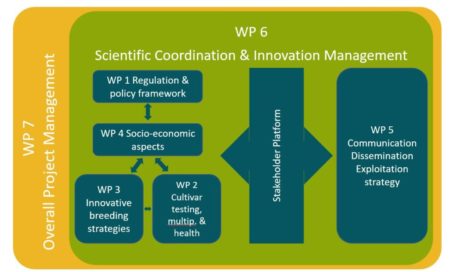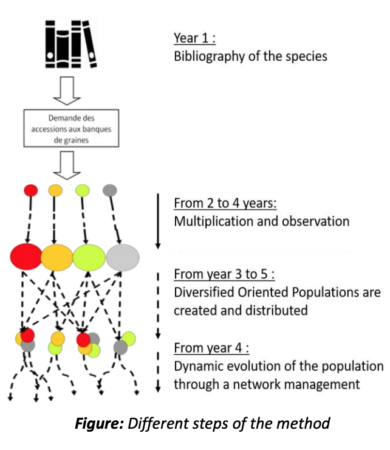We’ve Nibbled Liveseed before, but I think it’s time for a little bit more. It’s an EU-funded Horizon 2020 project with the objective “…to improve transparency and competitiveness of the organic seed and breeding sector and encourage greater use of organic seed.”

Though the main focus is breeding, there is also some work on cultivar mixtures, which is actually what prompted this post. Because a nice poster by Emma Flipon (ITAB) and Véronique Chable (INRAE) has just been made available on “How to create diversified variety mixtures based on gene bank resources.”

Always great to see different ways of using genebanks, including ones that don’t necessarily include breeding.